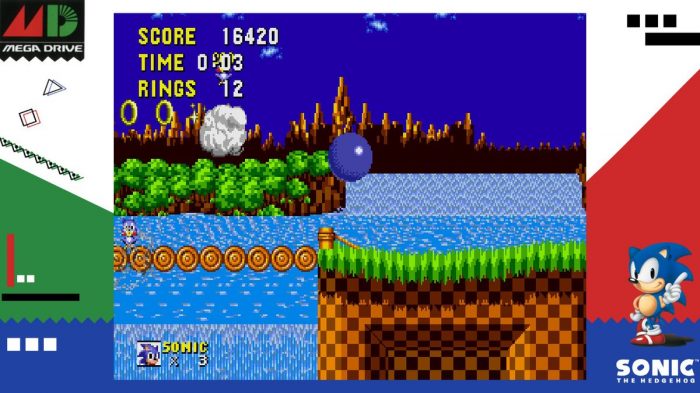
Sega used the name Mega Drive for the Japanese, European, Asian, Australian and Brazilian versions of the console. "Mega" had the connotation of superiority, and "Drive" had the connotation of speed and power.


The first name Sega considered for their console was the MK-1601, but they ultimately decided to call it the "Mega Drive". Hoping to dramatically increase their share, Sega set about creating a new machine that would be at least as powerful as the then most impressive hardware on the market - the 16-bit Commodore Amiga, Atari ST, and the Macintosh II home computers.
.png)
Although the Sega Master System had proven a success in Brazil and Europe, it failed to ignite much interest in the Japanese or North American markets, which by the mid-to-late 1980s were both dominated by Nintendo with 95% and 92% market shares respectively.


 0 kommentar(er)
0 kommentar(er)
